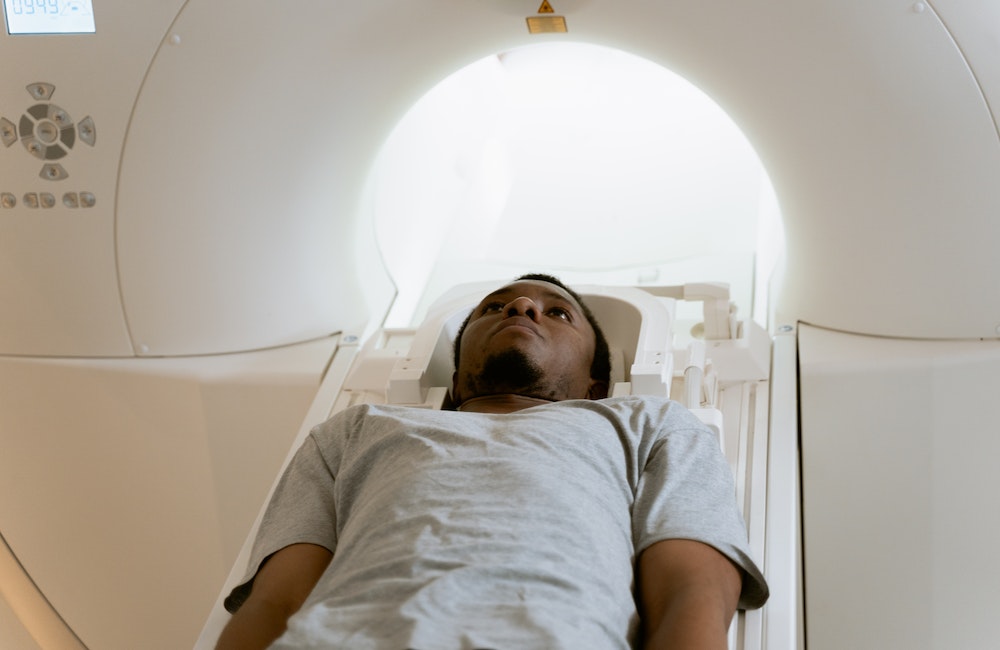Headaches are a very common condition that most people experience many times during their lives. Up to 75% of adults worldwide have had a headache in the past year. Headache is one of the most common reasons patients seek medical attention and a major cause of absenteeism from work and school. They also take a toll on social and family life.
What is headache?
Headache is pain in any part of the head, including the scalp, face and interior of the head.
It is not actually a pain in the brain. There are no pain receptors in the brain itself. But the meninges (coverings around the brain), periosteum (coverings on the bones), and the scalp all have pain receptors. Surgery can be done on the brain and technically the brain does not feel that pain.
What are the types of headaches?
There are more than 150 types of headaches but they fall into two main categories: primary and secondary headaches viz:.
- Primary headaches
These are headaches that aren’t due to another medical condition. The category includes:
-
- Cluster headaches.
- Migraine.
- New daily persistent headaches (NDPH).
- Tension headaches.
- Secondary headaches
These headaches are related to another medical condition, such as:
-
- Disease of blood vessels in the brain.
- Head injury.
- High blood pressure (hypertension).
- Infection.
- Medication overuse.
- Sinus congestion.
- Trauma.
- Tumor.
Causes of Headache
Headache pain results from signals interacting among the brain, blood vessels and surrounding nerves. During a headache, an unknown mechanism activates specific nerves that affect muscles and blood vessels. These nerves send pain signals to the brain.
The most common causes of headaches are:
- Tension-type headache
- Migraine
Evaluation of Headache
Evaluation of headache focuses on viz
- Determining whether a secondary headache is present.
- Checking for symptoms that suggest a serious cause.
If no cause or serious symptoms are identified, the evaluation focuses on diagnosing primary headache disorders.
For a patient with headaches, the history is characterized thus
- Location.
- Duration.
- Severity.
- Onset (e.g., sudden, gradual).
- Quality (e.g., throbbing, constant, intermittent, pressure-like)
- Exacerbating and remitting factors are noted.
- Head position.
- Time of day.
- Sleep.
- Light.
- Sounds.
- Physical activity.
- Odors.
- Chewing
- If the patient has had previous or recurrent headaches, the previous diagnosis (if any) needs to be identified, and whether the current headache is similar or different needs to be determined. For recurrent headaches, the following are noted.
- Age at onset.
- Frequency of episodes.
- Temporal pattern (including any relationship to phase of menstrual cycle)
- Response to treatments (including over-the-counter treatments)
- Next symptoms suggestive of causes are sought. This is done during the review of the system. Is there…
- Vomiting: Migraine or increased intracranial pressure may be a cause.
- Fever: Infections
- Red eye and/or visual symptoms (halos, blurring): Acute angle –closure glaucoma
- Visual field deficits, diplopia, or blurring vision: Ocular migraine, brain mass lesion.
- Lacrimation and facial flushing-cluster Headaches
- Rhinorrhea: Sinusitis
- Pulsatile tinnitus: Idiopathic intracranial hypertension
- Preceding aura: Migraine
- Focal neurologic deficit: Encephalitis, meningitis, intracelerebral hemorrhage, subdural hematoma or tumour, or other mass lesions
- Seizures: Encephalitis, tumour, or other mass lesions
- Syncope at headache onset: subarachnoid haemorrhage
- Myalgia and/or vision changes (in people > 55 years): Giant cell arteritis

Red flags
The following findings are of particular concern:
- Neurologic symptoms or signs (e.g., altered mental status, weakness, diplopia, papilledema, focal neurologic deficits)
- Severe hypertension
- Immunosuppression or cancer
- Meningismus
- The onset of headache after age 50
- Thunderclap headache (severe headache that peaks within a few seconds).
- Symptoms of giant cell arteritis (eg, visual disturbances, jaw claudication, fever, weight loss, temporal artery tenderness, proximal myalgias)
- Systemic symptoms (e.g., fever, weight loss)
- Progressively worsening headache
- Red eye and halos around lights
Investigations on Headaches
Most patients can be diagnosed without investigation; however, some serious disorders may require urgent or immediate investigations.
Some patients require tests as soon as possible.
- MRI (and perhaps magnetic resonance angiography [MRA]) should be done as soon as possible in patients with any of the following findings:
-
- Thunderclap headache
- Altered mental status
- Meningismus
- Papilledema
- Acute focal neurologic deficit
- Severe hypertension (e.g., systolic > 220 mm Hg or diastolic > 120 mm Hg on consecutive readings)
- Focal neurologic deficit of sub-acute or uncertain onset
- New onset
- Age > 50 years- New-onset headache after age 50 should be considered a secondary disorder until proven otherwise
- Weight loss
- Cancer
- HIV infection or AIDS
- Change in an established headache pattern
If MRI is not immediately available, CT can be used.

- Lumber puncture and cerebrospinal fluid (CSF) analysis should be done in the following conditions.
-
- Meningitis
- Thunder clap Headaches
- Immunosuppressed patients with Headaches
- Tonometry – In angle closure glaucoma
- ESR
- CT-scan for Para -nasal sinuses is done to rule out complicated sinusitis
Treating Headaches
Treatment of headache is directed at the cause.
Conclusion
Headache symptoms can help the doctor determine the cause and the appropriate treatment. Most headaches aren’t the result of a serious illness, but some may result from a life-threatening condition requiring emergency care.


